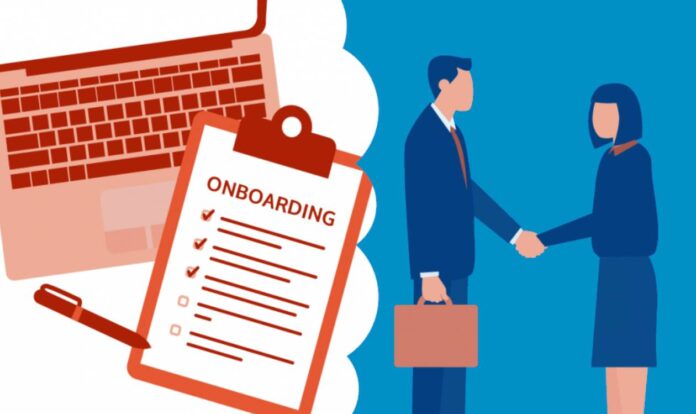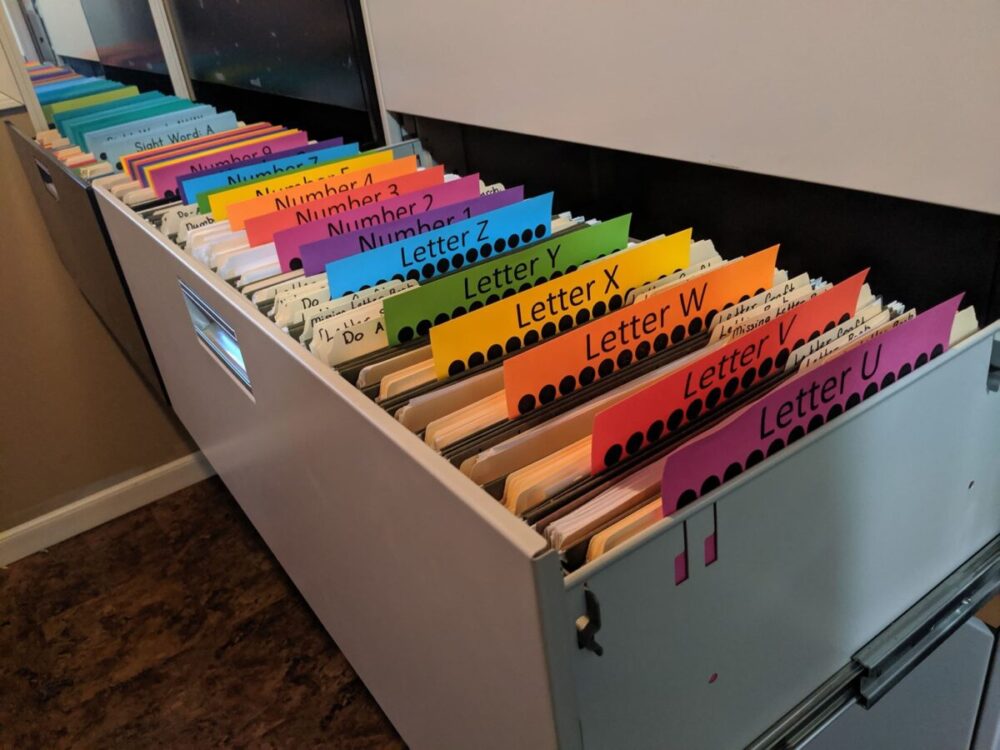
Onboarding is a crucial step in workforce management which requires careful planning and proper execution. As a business, it is important for you to make sure that it is done as smoothly and efficiently as possible. One way to do this is to go paperless onboarding – a process that can save you time and money in the long run. A good paperless onboarding system makes the onboarding process simpler by keeping all paperwork in one location, helping you find the relevant file in time, and safeguarding confidential paperwork. It covers all the aspects of traditional onboarding. The key difference remains the use of paper- paperless onboarding is primarily done online.
It is a fresh approach to the onboarding process which makes use of unified HR management solutions and software. Through a flexible and automatic system, you can improve employee engagement and ensures process compliance.
However, one of the main challenges that the implementation of a paperless onboarding system faces is the already set-up and working onboarding system that is heavily dependent on paper. Without an effective transition plan and execution, this might turn out to be a blunder rather than a blessing. Here, we’ll provide you with tips and advice on how to onboard your new employees into the paperless world, and help you make the transition as painless as possible. Keep reading to learn more!
1. Create an organized system

If you’re already using a digital system for your business, make sure to take advantage of it when it comes to onboarding new employees. This way, everything – from resumes to performance reviews – will be saved in one place and can be accessed at any time.
Alternatively, if you are not currently using a digital platform, create a workflow diagram of the entire process so that everyone is clear on what needs to happen each step of the way. This will help keep things moving smoothly and avoid any unexpected hiccups along the way.
2. Move all your forms online
You need to create and shift all your forms online. This does not mean that you can have one form online and the other as a paper document. It will be confusing for your employees to make some submissions online and also have a folder full of other documents in their hands. Not just that, it will also make the management of these records hard for you. Therefore, all submissions must be in one format, and that should be paperless.
You might even have to create new ones depending on the need of the company but this time investment will eventually pay off in the later stages of the onboarding process. You will be able to access all necessary information from one organized place.
3. Do not skip traditional onboarding
Onboarding is not just about collecting information from your employees. You can go paperless even in interacting with them and orienting them with the company procedures.
You can set up short calls to introduce the new hires to the team and break the ice with questionnaires that tell you about them. Provide them with a virtual staff directory and a company handbook to reduce the use of paper while settling them in easily. This can work even with remotely working employees.
4. Assign tasks and deadlines

When it comes to onboarding new employees, assigning specific tasks can be a big help. This way, you know exactly what needs to get done and when it does – ensuring that the process goes as smoothly as possible. Things will automatically start to fall in place and run on autopilot without having you worried about the smaller details.
Make sure to give all employees enough time to complete their assigned tasks, and do not hesitate to set deadlines if necessary. This will help keep things moving quickly while still ensuring that everyone is held accountable for their responsibilities.
5. Review carefully
One of the most important parts of making onboarding paperwork is making your review process bulletproof. This includes reviewing the resume, performance reviews, and any other documentation that has been submitted.
It is important to make sure that all relevant information is included in order to assess an applicant’s qualifications for the position they are applying for.
If there are any discrepancies or errors, take corrective action as necessary so that everyone – including new employees – feels comfortable with their application process. At the same time, from the organization’s perspective, it will ensure no undeserving applicants slip through the cracks and enter the workforce.
6. Provide guidance and support
Throughout the paperless onboarding process, it is important to provide guidance and support to new employees. New hires will require a lot of information and have many doubts pertaining to their jobs and tasks, make sure that they are equipped with the necessary resources in time.
This way, they know exactly what needs to be done in order to succeed in their new role.
If necessary, be sure to offer assistance with resume submissions or other documentation required for the application process.
Do everything you can so that your new arrivals feel comfortable and prepared for their first day on the job.
7. Keep an eye on performance

One of the most important aspects of an effective onboard process is ensuring that new employees are performing to expectations. This means tracking their progress and making adjustments as needed.
If there are any problems or issues with a new employee’s performance, address them directly so that they can improve their overall situation.
Doing so will ensure that everyone involved – from you to the employee themselves – is moving in the right direction towards success.
8. Prioritize employee experience
Onboarding gives your new employees a first glimpse of what it will be like to work at your company, and if you want to retain them, you need to ensure a good first impression. Most employees drop within six months of working but with an effective onboarding process, which can be made simpler with a paperless system, you shall be able to retain most employees and make their start at the company stress-free.
Review your process from the perspective of a new employee and if it is making them feel welcomed. You can personalize their experiences with things as little as messages and your tone of voice. You can take the responsibility of setting a culture of this sort in your company for not just new employees but also the old ones.
9. Regularly assess the effectiveness of your onboarding process
Overall, it is important to periodically review your onboarding process in order to make sure that it is working as intended. This includes looking at how new employees are performing and making any necessary adjustments.
By doing so, you will ensure that everyone involved – from new hires to seasoned veterans – feels comfortable and productive within your organization.
To learn more about the onboarding process, click here.

Conclusion
The result? An efficient, streamlined paperless onboarding process that can drive your organization’s growth.
Now it’s your turn to upgrade your paperless onboarding system. To ensure success in the future, keep the tips mentioned above in mind and go paperless! Not only will this improve performance but also create a more secure ecosystem for employees.








